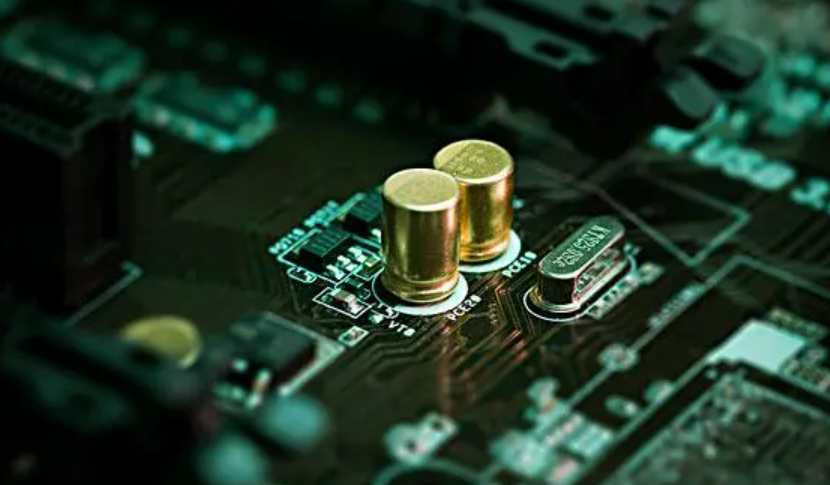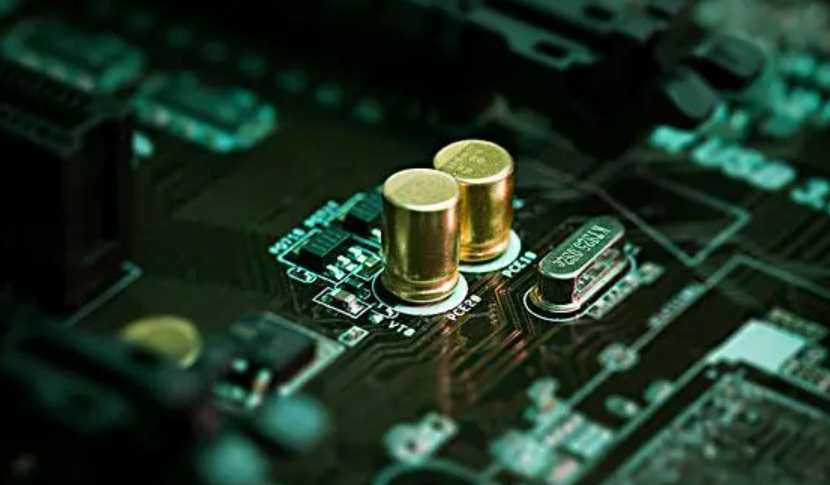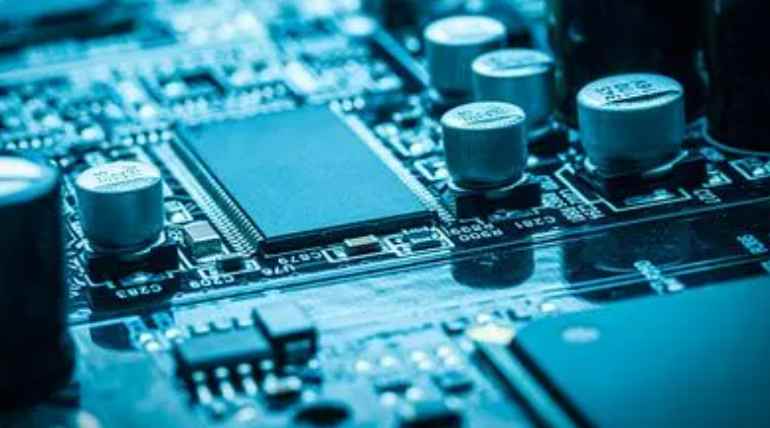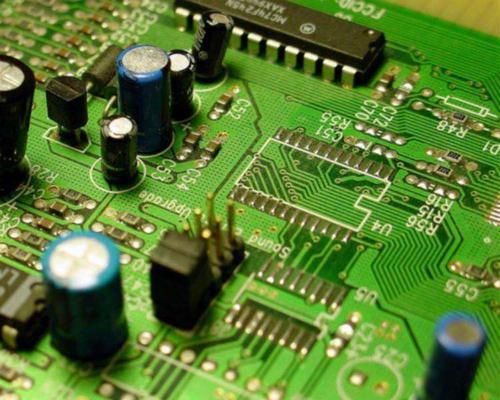
Before discussing the assembly and assembly process of flip chips for PCB boards, it is important to know what devices are called flip chips. Generally speaking, such devices have the following characteristics:
1. The base material is silicon;
2. Electrical surface and welding convex on the lower surface of the device;
3. Ball spacing is generally 4-14mil, ball diameter is 2.5-8mil, and external size is 1-27mm;
4. After assembling on the substrate, the bottom shall be filled.
In fact, the flip chip is called "flip", is relative to the traditional metal Wire Bonding connection (Wire Bonding) and the process after planting the ball. The electrical side of the traditional chip connected to the substrate by metal wire bonding is up, while the electrical side of the flip chip is down, which is equivalent to turning the former over, so it is called "flip chip". After the chip is planted on the Wafer, it needs to be turned over and sent to the patch machine for easy installation. Also because of this flipping process, it is called "flip chip".

1. Assembly process of flip chip for PCB board
In a semiconductor back-end assembly plant, there are now two methods of module assembly. In the two reflow process, the SMT components are assembled on a separate SMT line consisting of a screen press, a SMT machine and the first reflow furnace. The partially assembled modules are then processed through a second production line consisting of PCB flip chip mounters and reflow furnaces. Bottom filling process is completed in the special bottom filling line, or combined with PCB board flip chip production line.
Second, PCB board with flip chip assembly process introduction
Compared with other IC devices, such as BGA, CSP, PCB board flip chip assembly process has its special, this process introduces flux process and bottom filling process. Due to flux residues (reliability implications) and bridging hazards, mounting PCB boards to solder paste with flip chips is not an acceptable assembly method. With the introduction of no cleaning flux in the industry, chip dipping flux technology has become a widely used welding aid technology. At present, the main alternative method is to use no-wash flux, dip the device in the flux film, dip the device welding ball into a certain amount of flux, and then mount the device on the substrate, and then reflow welding; Alternatively, the flux is pre-applied to the substrate, and then the device is mounted and reflow welded. The flux plays the role of fixing the device before reflow, and it plays the role of wetting the welding surface and enhancing the weldability during reflow.
After the PCB board is welded with the flip chip, a glue (usually epoxy resin material) is filled between the bottom of the device and the substrate. Bottom filling is divided into liquid and non-liquid (No-follow) bottom filling under the "capillary flow principle".
Flip chip assembly process flow (flux dipping and fluid bottom filling)
Flip chip assembly process flow (non-fluid bottom filling)
The flip chip assembly process of PCB board mentioned above is for C4 devices (device welding salient material is SnPb, SnAg, SnCu or SnAgCu). Another process is to use anisotropic conductive adhesive (ACF) to assemble PCB board flip chips. The conductive adhesive is applied to the substrate in advance, and the device is affixed to the substrate with a higher pressure at the sticker head. At the same time, the device is heated to make the conductive adhesive solidify. The process requires a very high accuracy of the SMT machine, at the same time, the sticker head has high pressure and heating function. For the assembly of non-C4 devices (whose salient material is Au or other), the trend is to adopt this process. In this article, we mainly discuss the C4 process. The following table is Bumping in which PCB boards are used in flip chip bumping and are connected on substrates.
Flip PCB board with flip chip geometry size can be described as a "small" word: small diameter of the welding ball (small to 0.05mm), small spacing of the welding ball (small to 0.1mm), small size (1mm2). To obtain satisfactory assembly yield brings challenges to the mounting equipment and its process. With the reduction of the diameter of the welding ball, the mounting accuracy requirements are getting higher and higher. At present, the accuracy of 12μm or even 10μm is becoming more and more common. The graphics processing ability of the camera of the patch equipment is also very critical. Small ball diameter and small ball spacing require higher pixel cameras to process.
As time goes by, the size of the high-performance chip increases, the number of Solder Bump increases, and the substrate becomes thinner and thinner. In order to improve the reliability of the product, it is necessary to fill the bottom.







